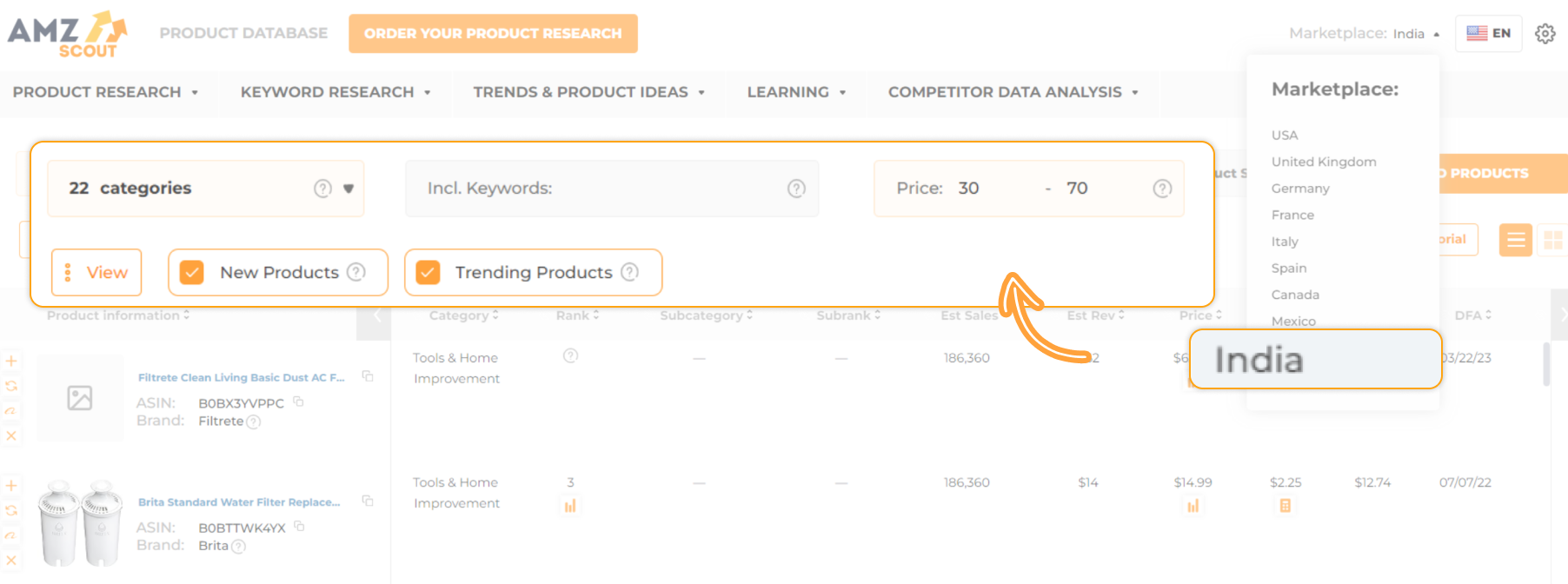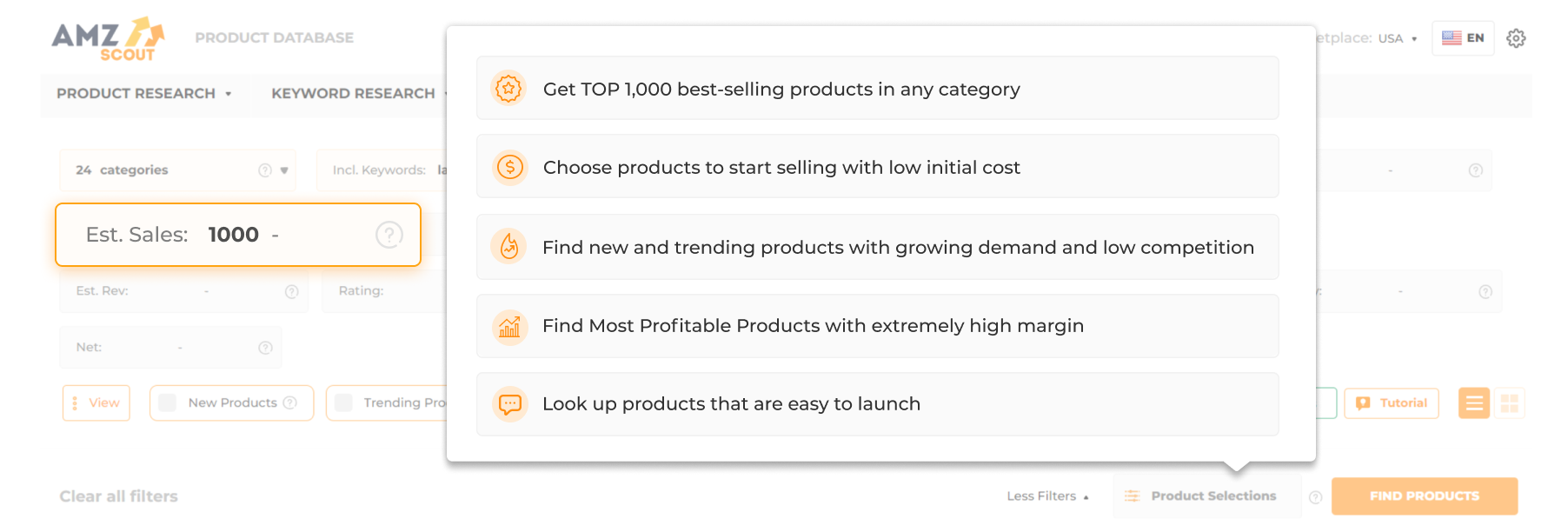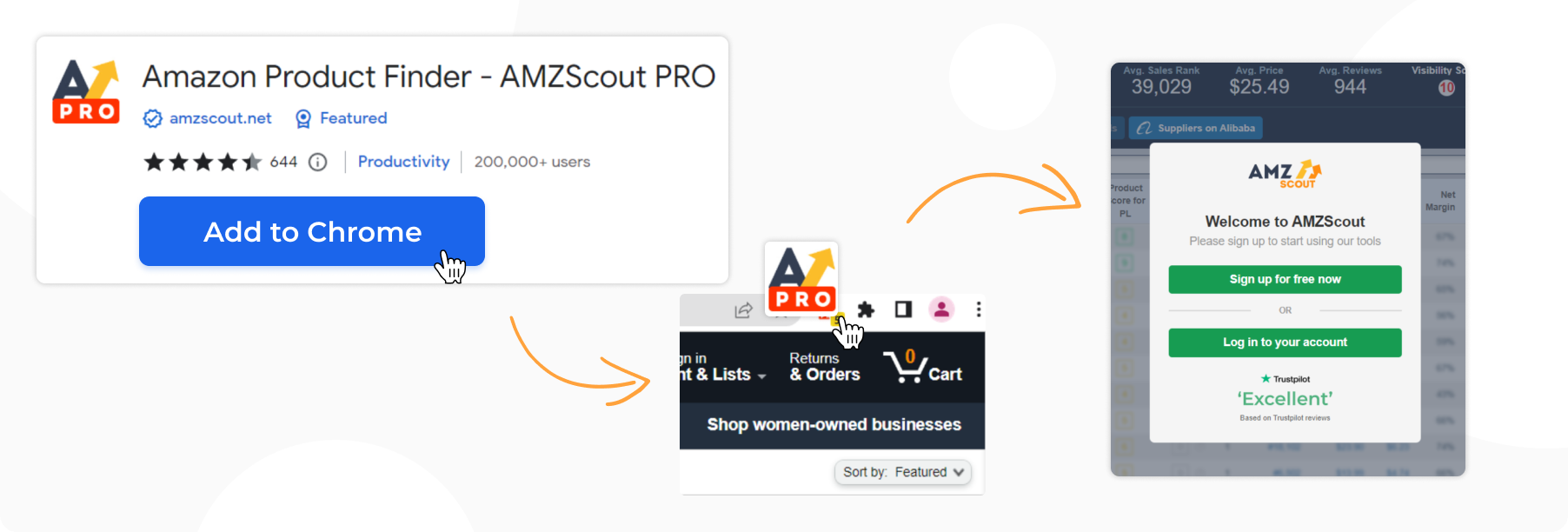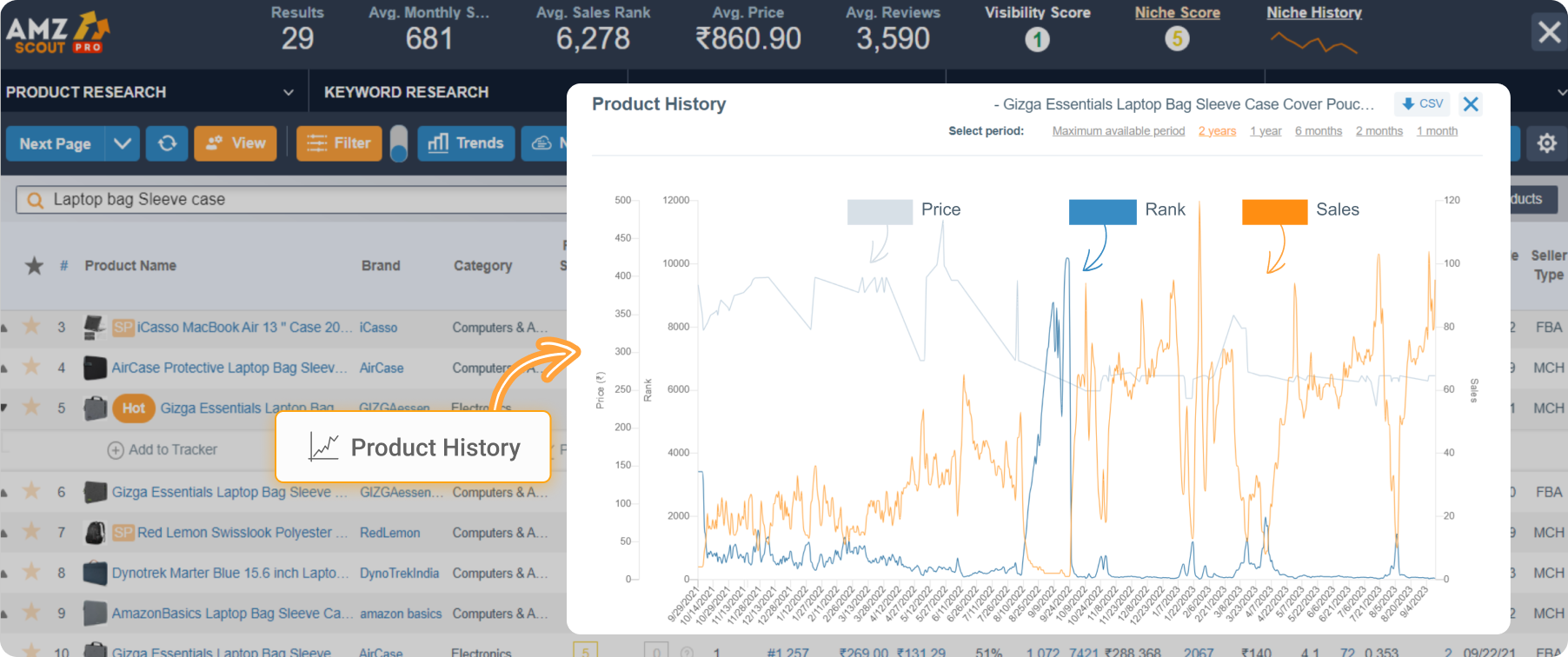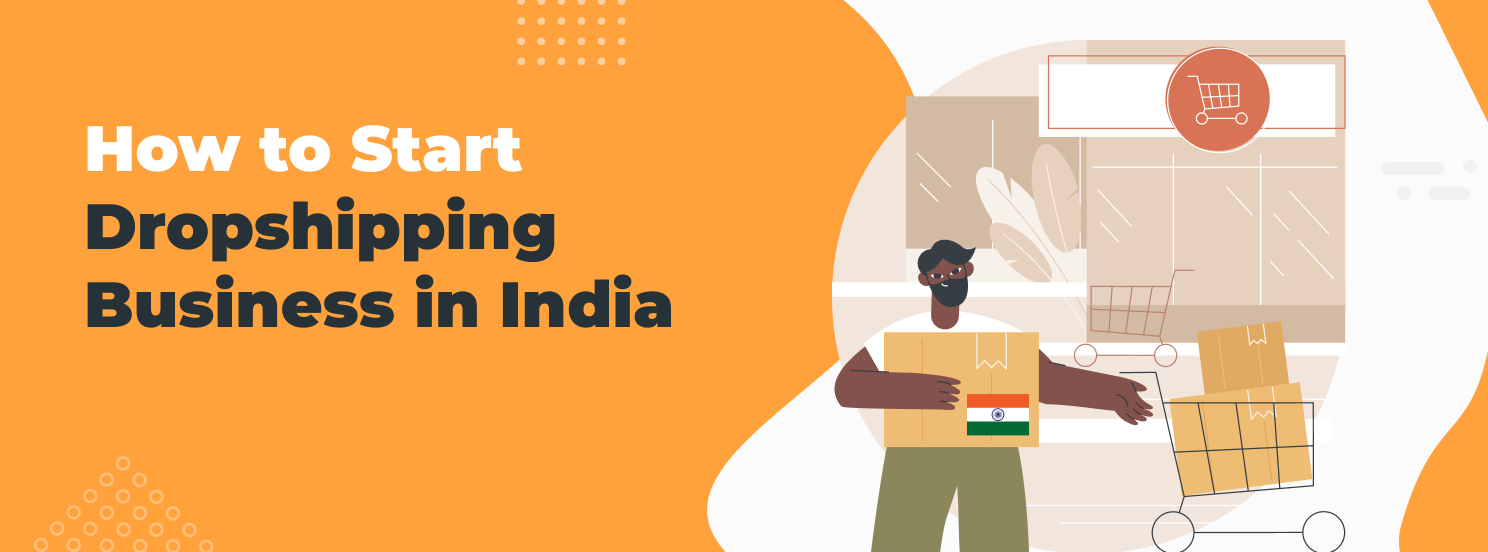
How to Start Dropshipping in India: A Step-by-step Business Guide
If you want to start a dropshipping business in India and you’re looking for a low-risk way to begin, we’ve created a comprehensive guide just for you. In this article, we'll explore the details of dropshipping, its potential profitability, and specific aspects of this type of business on different platforms in India. Will also give you a step-by-step plan for launching a dropshipping shop.
Table of contents
What is Dropshipping?
Dropshipping is a retail fulfillment method where sellers don’t stock or own the products they sell. Instead, they purchase inventory from third parties, like wholesalers or suppliers, after a customer places an order, and products are shipped by suppliers directly to customers.
Dropshipping reduces the need for the following traditional aspects of other business models:
Upfront inventory investments
Storage costs
Managing a warehouse
The advantages of dropshipping include lower startup costs, a wide range of products to offer, and the ability to operate from almost anywhere in the world.
Is Dropshipping Profitable?
This business model can be profitable if you choose a product with the right balance of popularity and low initial costs. In general, the income you can generate from dropshipping depends on various factors, including the niche you choose, your marketing strategy, and your scale of operations.
While in most cases you don’t earn much from individual sales, the potential increases with a larger product range. The initial investments are minimal, mainly covering website setup and marketing expenses.
Is Dropshipping Legal in India?
In general, the answer is yes, it is. The legality of dropshipping in India depends on the platform a seller uses. Many eCommerce sites, including Amazon and Shopify, allow dropshipping in almost any country, as long as sellers follow their policies. It's crucial to review and comply with the terms and conditions of your chosen platform to ensure legal and ethical business practices.
How to Start a Dropshipping Business in India
The process of starting out with dropshipping may appear to be easier compared to traditional online or offline businesses. However, the main steps remain the same, and we'll cover these in the section below.
Step 1. Select Your Store
Choosing the right platform for your dropshipping business is a crucial first step. Here are three popular examples:
Shopify
This is a user-friendly platform that provides tools for setting up online stores quickly. Shopify also integrates with various dropshipping apps and services.
Amazon
Here, sellers have the opportunity to utilize Amazon's vast client base, so they don’t need to create and promote an online store from scratch. There are many other advantages of starting a dropshipping business on Amazon, but there are several important things to keep in mind.
According to Amazon’s dropshipping policy, you are allowed to do dropshipping, but you can't buy a product from another online store and send it directly to the customer. In addition, your company information must be visible somewhere on the packaging. Finally, you are responsible for any customer issues or returns.
Even though Amazon allows dropshipping, you can't do it in the traditional way. Instead, you need to work with a supplier to create a custom package and labels. This venture option is manageable, and once you set it up, you’ll be able to enjoy the perks of being a dropshipper on Amazon.
Your Own Site
Building eСommerce websites enables you to have complete control over branding and the general customer experience. Platforms like WooCommerce and Magento can be used to set up your online store.
There are various tools and platforms for dropshipping in addition to these three. Among the numerous options available, focus on those that align with your budget, preferences, and the amount of time you're willing to invest in marketing and brand promotion.
Step 2. Choose the Best Products to Sell
Selecting potentially profitable products is a key component of dropshipping success. Consider the following criteria for identifying a profitable item to sell:
Demand: Choose products with consistent and growing demand in the market.
Competition: Analyze the level of competition for each product to ensure a balance between demand and market saturation.
Profitability: Assess the potential profit margins for each product, keeping in mind your pricing strategy and expenses.
It can be quite challenging to collect all of this data without specialized instruments. Whichever platform you choose for dropshipping, you can always find ideas and rely on vast data from Amazon. This is a global marketplace with millions of users worldwide.
In case you decide to use Amazon to help you search for dropshipping products and identify which ones will be the most successful, you might want to consider utilizing tools like the AMZScout Product Database and the PRO Extension.
Generate Ideas with the AMZScout Product Database
AMZScout’s Product Database allows sellers to view a vast database of Amazon products effortlessly. This tool makes it possible to identify profitable items in various niches using simple filters and get ideas instantly.
Step 1: Visit the AMZScout Product Database.
Step 2: Log in to your account or begin a free trial. Signing up only requires entering an email address, with no need for credit card details.
Step 3: Choose the Amazon marketplace. If you want to sell dropshipping products in India and target the Indian market, select India in the top left corner of the screen.
Step 4: Utilize search filters to specify your product preferences. Choose a category or enter a related keyword to refine your search. Use other filters to help you narrow down your results:
Categories. Select a category that aligns with your interests or appears profitable to you.
Est. Sales. If you're interested in selling high-demand products, you can set this figure to more than 300.
Reviews. To make sure that a product is credible and customers are satisfied, you may aim for a number of reviews greater than 300.
Price. If you want to attract potential buyers and maximize your profit margins, you can focus on a price range between 30 and 70 dollars.
Number of sellers. Products with moderate competition typically feature 2 to 15 sellers on a listing.
You can also set other filters according to your preferences. If you’re unsure about which filter settings to use, click on Product Selections for presets like Get TOP-1,000 best-selling products.
Step 5: Analyze the search results table. Click Find Products to obtain these results. Evaluate sales numbers, product prices, estimated revenue, reviews, price history, and fees.
This way, you can gather ideas with strong demand that can potentially become your winning product.
Analyze Amazon Product Ideas with PRO Extension
You can further evaluate product ideas and identify which ones are likely to be profitable with the AMZScout PRO Extension. Here are the main steps to follow:
1. Install the AMZScout PRO Extension. Start your free trial. You won't need to enter any credit card details here.
2. Search for Bestsellers on Amazon. Amazon is available in a variety of countries, including India. You can visit the Amazon.in website, open a Bestsellers page there, or view a product you’ve found with the help of the Product Database.
3. Open the extension and review product information. Click on the AMZScout PRO Extension while browsing through Amazon. Look through the product information presented in the table.
To check the average sales per month, click on the Est. Sales column to sort products and see those with high sales first.
Analyze Net Margins, Revenue, and Price to gain a detailed understanding of potential profits.
Consider the number of reviews, as they can also be an indicator of product demand and influence the choices of new customers.
4. Check the metrics for the entire niche. Click on the Niche Score to get an estimate on the basis of demand, competition, and niche profitability, as this will help you understand how well the entire niche performs. Analyze the Niche History graph to identify patterns in the niche’s potential seasonality as well.
5. Check individual product data. Find additional information by viewing the Product Score for Reselling. Consider details about margins, competition, and sales numbers for different business models. Click on Product History to examine how prices, ranks, and sales have changed over time.
With these tools, you can assess trending products on Amazon to determine if they are suitable for dropshipping.
The next step is to choose a supplier. Let's delve further into how to do this for a dropshipping business in India.
Step 3. Find Suppliers
Identifying reliable suppliers is a crucial step for running a successful dropshipping business. Look for suppliers with a good track record, quality products, and efficient shipping processes. Platforms like Alibaba, SaleHoo, and Indiamart can connect you with reputable suppliers.
Here are the main criteria you should pay attention to when selecting a supplier:
Experience in dropshipping: Prior experience with dropshipping is crucial. Providers who are familiar with the complexities of the dropshipping model are likely to be more accommodating and understanding of your business needs.
Reputation: Choose companies with a positive track record. Look for reviews and testimonials from other sellers in order to gauge their reliability.
Product quality: Ensure that the supplier offers high-quality products. Ask for samples and test them out, if possible.
Shipping efficiency: Opt for suppliers with efficient shipping processes. Timely delivery is essential for meeting customer expectations and building trust. In addition, if you would like to sell through Amazon, you’ll need to compete with their fast delivery, and your supplier’s shipping times will have a great impact.
Pricing: Compare prices among different suppliers to find a balance between quality and cost-effectiveness. Don’t forget to ask how much it costs to produce, ship, or return each item.
Communication: Look for suppliers who respond fast. Transparent communication is crucial for addressing issues promptly and ensuring a smooth collaboration.
Return policies: Check the supplier's return policies. A manufacturer with a flexible and customer-friendly return process can save you from potential headaches.
Pay close attention to all of these factors when selecting your ideal supplier. Keep in mind, a good supplier not only offers quality products and knows how to dropship, but will also become a reliable partner in your business journey.
Step 4. Start Selling Your Products
Dropshipping streamlines many processes compared to a traditional business. Here's a brief overview of the fundamental steps in dropshipping:
Step 1. Create a product page. Create a captivating product page on your chosen platform, and remember to perform search engine optimization. Include essential details, such as the product price, available colors, sizes, and any other information that can influence the customer's decision to make a purchase.
Once your store is set up, and you’ve chosen your products and suppliers, it's time to start selling. Implement marketing strategies like social media promotion, and influencer collaborations, to drive traffic to your store.
Step 2. Customers make purchases. A customer visits your online store, browses your available products, and decides to make a purchase. They add the selected items to their cart and proceed to the checkout.
Step 3. Orders are confirmed and transmitted to a supplier. After completing the purchase, the customer receives an order confirmation. This communication assures them that the transaction has been successful, and also provides details such as their order number, which items they have purchased, and shipping information.
Step 4. The supplier processes the order. Next, your supplier picks, packs, and prepares the order. Afterward, they send the shipping details to you and the customer. Usually, this will include tracking information, allowing all parties to monitor the shipment's progress.
Step 5. The item is delivered to the customer.
This is how dropshipping works, in a nutshell. Now, let's explore another option for those looking to sell Indian products globally.
Dropshipping from India
Another option for online sellers is to dropship products from India to customers in the USA or other countries. This method involves getting products from Indian suppliers and selling them globally. Dropshipping from India might be a good option for small businesses in India, as well as other eCommerce enthusiasts, worldwide as it offers a number of benefits.
Diverse Product Range: India is known for their diverse range of products, and dropshipping allows businesses to offer this variety to customers without having to manage any inventory themselves.
Reduced Expenses: Dropshipping eliminates the need for warehousing and packaging. In addition, goods produced in India are usually relatively cheap.
However, it's important to note that dropshipping also comes with its challenges, such as potential shipping delays, less control over your inventory, and lower profit margins compared to traditional retail models.
Conclusion
Starting a dropshipping business in India has great potential for success. It’s important to gain a clear understanding of how the process works, choose the right products and suppliers, and use eCommerce platforms wisely. Stay updated on legal matters, adapt to market trends, and constantly improve your strategies so you can succeed in the competitive world of dropshipping.
